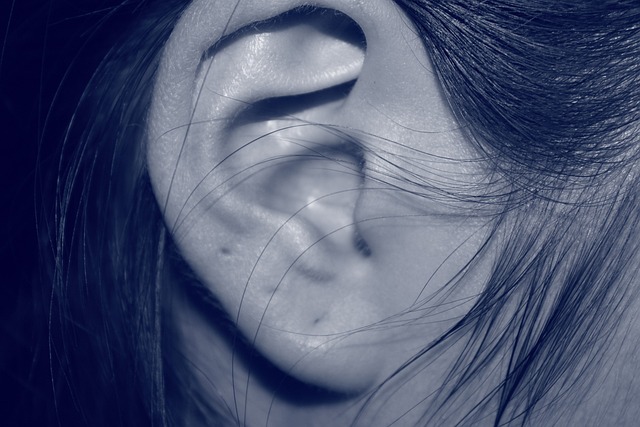Body piercings have become a popular form of self-expression and fashion, allowing individuals to showcase their unique style. While piercings can be a fun and creative way to adorn your body, it's essential to understand the health aspects associated with them. In this article, we will explore the importance of safety, proper care, and potential health considerations when it comes to body piercings.
Choosing a Professional Piercer
The first step in ensuring a safe and healthy piercing experience is selecting a professional and reputable piercer. Consider the following factors when choosing a piercer:
- Cleanliness: The piercing studio should be clean and well-maintained. Sterilization of equipment is crucial to prevent infections.
- References: Seek recommendations from friends or read online reviews to gauge the piercer's reputation.
- Communication: A good piercer will take the time to answer your questions, discuss the piercing process, and provide aftercare instructions.
- Certification: Ensure that the piercer is certified and licensed by local health authorities. This certification ensures that they adhere to health and safety standards.
Infection Prevention
Infections are one of the most common health risks associated with piercings. Here are some key steps to minimize this risk:
- Proper Hygiene: Before getting a piercing, ensure that both you and the piercer practice proper hand hygiene.
- Sterilization: Piercing needles, jewelry, and equipment should be sterilized or used in single-use disposable form.
- Aftercare: Follow the aftercare instructions provided by your piercer. This usually involves cleaning the piercing with a saline or antiseptic solution and avoiding touching it with dirty hands.
- Avoid Swimming: Avoid swimming in pools, hot tubs, or natural bodies of water until the piercing is fully healed to prevent exposure to bacteria.
Potential Complications
While most piercings heal without issues, it's essential to be aware of potential complications, including:
- Infection: Redness, swelling, pain, and discharge may indicate an infection. Seek medical attention promptly if you suspect an infection.
- Allergic Reactions: Some individuals may experience allergic reactions to certain metals used in jewelry. Ensure your piercer uses hypoallergenic materials.
- Keloids and Scarring: Some people are prone to keloid formation or excessive scarring. Discuss your skin type with your piercer.
- Migration and Rejection: In rare cases, the body may reject the piercing, leading to migration or expulsion of the jewelry.
Conclusion
Body piercings can be a safe and enjoyable form of self-expression when done correctly. By choosing a professional piercer, maintaining proper hygiene, and following aftercare instructions diligently, you can minimize health risks and enjoy your piercings while keeping your health a top priority. If you have concerns about a piercing or experience any unusual symptoms, consult a healthcare professional for guidance.
